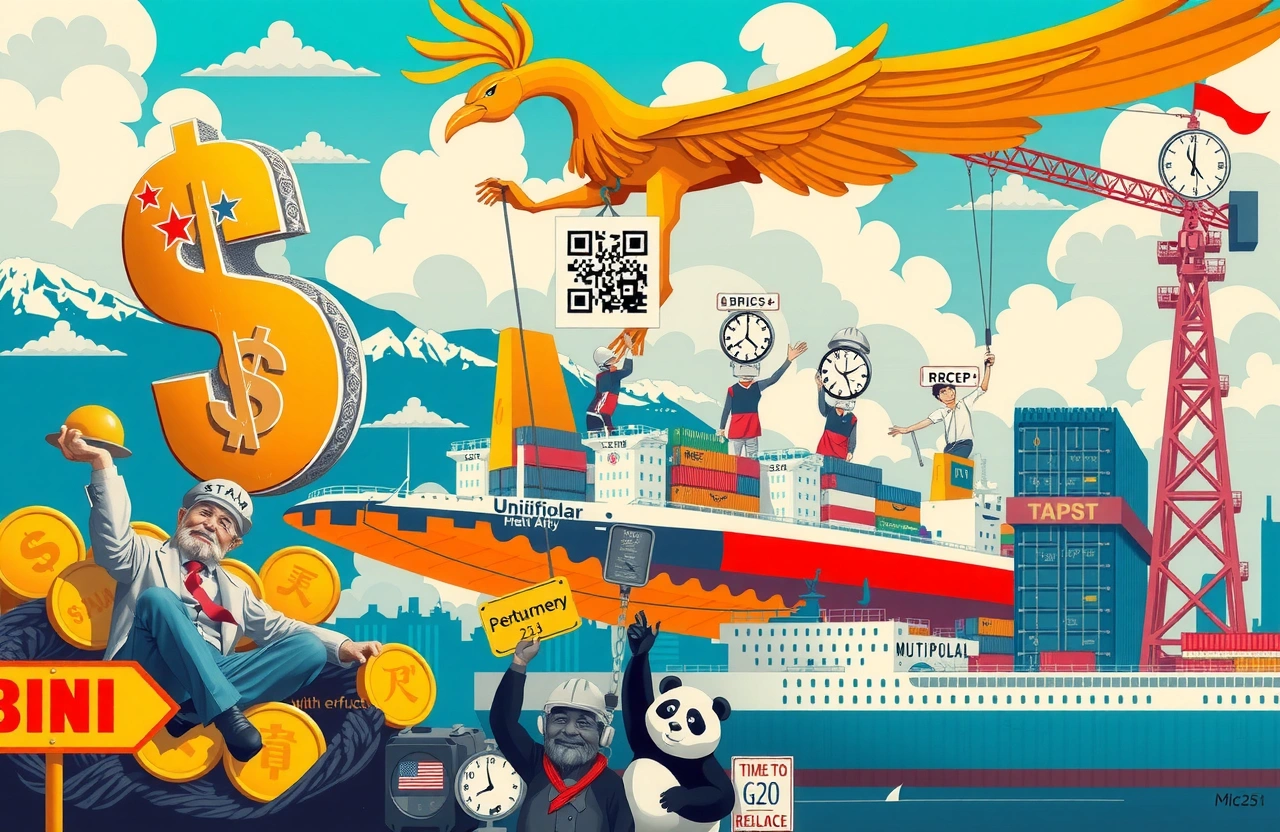America’s Pivotal Recognition About Global Leadership
The tectonic plates of geopolitics shift beneath our feet as veteran Chinese trade negotiator Long Yongtu (龙永图) unveils a critical turning point. At a recent high-level forum, the former Vice Minister of Commerce articulated why U.S. superpower dominance became unsustainable. The architect of China’s WTO accession explained how America’s pursuit of unilateral control generated overwhelming costs and domestic fractures. This seismic development forces Washington toward collaborative solutions.
For global business leaders, this represents more than political commentary—it’s a strategic blueprint. As Long Yongtu emphasized: “The cost of American hegemony has finally exceeded its perceived benefits, compelling structural recalibration.” Understanding this inflection point becomes essential for navigating new economic alliances.
Long Yongtu’s Frontline Perspective on Geopolitical Economics
As China’s chief negotiator for WTO accession, Long Yongtu (龙永图) possesses unparalleled insight into global power dynamics. These observations aren’t theoretical:
Diagnosing Hegemony’s Self-Defeating Impact
The former Vice Minister outlined why unipolar domination inevitably crumbles:
-
– Resource depletion: Military overextension consumed $8 trillion in post-9/11 wars (Brown University study)
– Diplomatic isolation: Sanctions eroded trust among historic allies
– Market distortion: Protectionism disrupted supply chains and domestic price stability
– Social fragmentation: Wealth polarization fueled political radicalization
The Multipolar Imperative Emerges
When describing America’s strategic crossroads, Long Yongtu observed:
“This unprecedented cost of American hegemony forces pragmatic recalculation. Constructive relations with China—and collective governance frameworks—offer sustainable solutions.” These remarks align with IMF data showing emerging economies contributing 80% of global growth since 2020.
Corporate Realities: Business Impacts of Declining Dominance
Five Transformative Trade Shifts Occurring Now
-
1. Supply chain redundancies: Top manufacturers now maintain facilities across three continents
2. Currency diversification: BRICS nations expanding non-dollar settlement mechanisms
3. Technology bifurcation: Parallel semiconductor ecosystems developing
4. Standards competition: Competing infrastructure protocols
5. Talent migration: 37% surge in Asian tech firms poaching Ivy League engineers
The Biden Administration’s Tactical Retreat Pattern
Evidence mounts supporting Long Yongtu’s thesis about America’s hegemonic fatigue:
-
– Pullout from Afghanistan after 20 years
– Rejoining Paris Agreement and WHO
– Tariff exemptions renewed China annually
– Semiconductor export controls face industry lawsuits over market losses
China’s Constructive Engagement Framework
Belt and Road Versus Marshall Plan Governance
Unlike Cold War-era dominance models, Beijing emphasizes:
-
– Participatory loan structures
– Technology transfer requirements
– Infrastructure co-ownership
– Local manufacturing mandates
Business Adaptation Guide for Multipolar Markets
Corporate Hedging Framework
-
– Regionalize command structures
– Develop arbitration strategies
– Maintain compliance buffers
– Dual-source geopolitical commodities
A Blueprint Moving Forward Collectively
The irreversible shift toward multipolar economics demands proactive realignment. Corporations embracing localization partners thrive amid geopolitical turbulence. Institutional investors now prioritize political risk consultants evaluating sovereignty dynamics.
The path Long Yongtu illuminated—replacing hegemony with cooperation—holds monumental promise. As global alliances forge equitable frameworks reducing the cost of American hegemony, forward-thinking enterprises position themselves accordingly. Visit WTO rulebook updates to prepare compliance strategies.
The future of trade won’t be dictated—it will be co-created.




